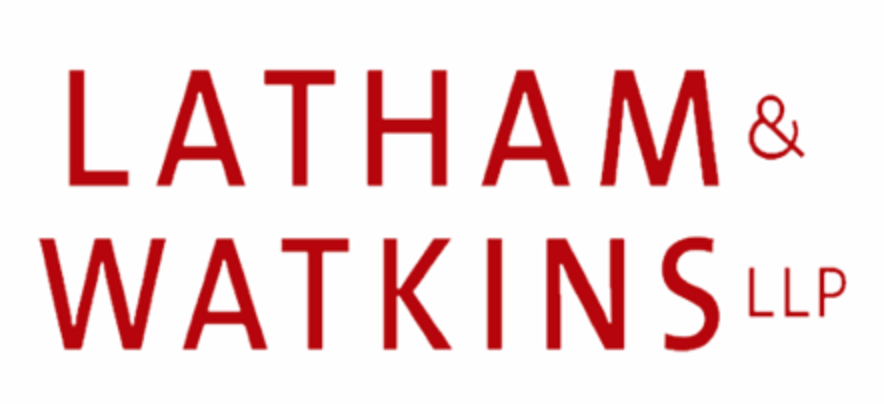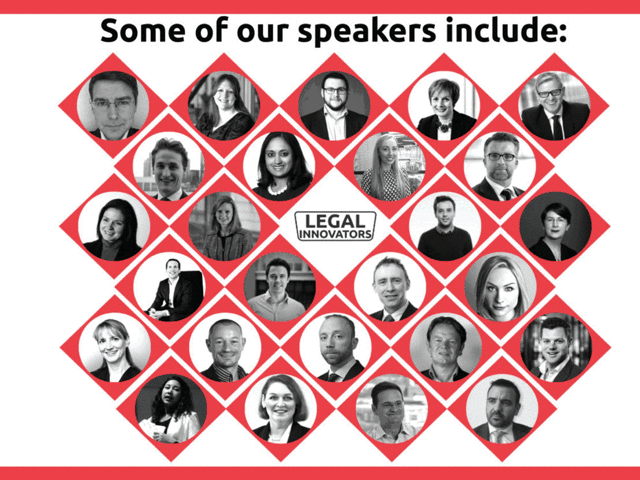
The world of legal innovation is an emerging field and the people who work in it come from a wide range of backgrounds and career paths. One such example is Alistair Wye, Lead Innovation and Technology Solutions Attorney at Latham & Watkins. He started out as a young finance lawyer; working at Ashurst and Latham, as well as at Deutsche Bank on secondment. Then he moved to what was then the independent legal AI pioneer, RAVN, (now part of iManage), before recently returning to Latham, but this time with a focus on helping the firm and its clients with innovation.
Artificial Lawyer caught up with Alistair to hear about his fascinating journey, what he learnt along the way and what he does now.
What will you be doing at Latham & Watkins now you have returned?
As part of the global Emerging Technology team I work closely with the firm’s internal and external technology resources to identify and meet the fast-evolving tech needs of the firm’s lawyers and clients in Europe.
Working as a team of lawyers and technologists, we advise firm leaders, knowledge management, and practice support teams on strategic opportunities to bring innovative change to the way we work.
The role as an innovation and technology solutions attorney requires staying abreast of the latest developments in legal service delivery — from technology and artificial intelligence, to expert systems, automation, and cognitive tools.
We speak directly with clients to understand their needs and expectations while working with third-party vendors, industry organisations, and thought leaders to stay up-to-date on trends and upcoming changes in the industry. I, along with my team, also represent the firm at legal technology and innovation focused events.
Why did you decide to return to the law firm world?
After my initial time at Latham, I enjoyed working at a start-up and then working on a scale-up within a larger business that focused on contract review for professional services companies.
I always looked back fondly on my time at the firm and appreciated the innovative culture, and I decided to re-join Latham because I would have the opportunity to:
- Work directly with legal tech end users and their clients across a wider range of projects
- Work with a wider range of legal technologies
- Play a significant role in driving strategic change within the firm
As I know colleagues at peer firms already in such roles, this seemed like a great opportunity to return to Latham at an exciting time in the firm’s growth.
What did you learn at RAVN? And how will this be used at Latham & Watkins?

At RAVN I learnt technology sales, product management, client expectation management with regard to technology (as opposed to legal services), and developed a wide understanding of innovation within different legal businesses.
At Latham I’m using these skills and experiences to identify innovations and solutions via our existing technology stack, internal development teams, and the wider legal tech market.
Through my previous experience, including at RAVN, I have become familiar with legal AI as well as various machine learning technologies, algorithms, and best practices.
At Latham I’ll use this expertise to identify suitable use cases, and recently enjoyed delivering some practical AI sessions at our inaugural NYC Technology Innovation Summit for tech savvy first-year law students.
How does Latham & Watkins see innovation?
As a firm, Latham is committed to unlocking the full potential of the firm’s global platform to deliver ever greater value for our clients. Innovation will help fuel this strategy.
To identify opportunities for innovation, we invest significant time listening to our lawyers, staff members, and clients to understand their needs, wants, and ideas. Opportunities then largely fall into two categories: evolution and revolution.

In some cases the gains might be marginal, for example, 1% improvements in overlooked areas. Such discrete improvements may not transform service delivery on their own, but they cumulatively improve our ability to deliver outstanding value to our clients.
Second, we can make greater leaps that revolutionise our products and services, which may in in some cases develop entirely new ways of working for clients. These types of opportunities require close collaboration with vendors, our internal development team, and the firm’s most innovative lawyers.
In either case, we believe in spending time up front to prove the utility of any new technologies, even on a limited basis, rather than building elaborate systems for which the basic proposition remains untested.
Opportunities largely fall into two categories: evolution and revolution.
Involving users, and ideally clients, early and often in these efforts significantly improves our ability to deliver innovation aligned to our strategy that provides concrete value for both our internal stakeholders and clients.
With regard to AI, (as this is Artificial Lawyer…), what is the firm’s view on its benefits?
Latham was an early adopter of AI for eDiscovery, including TAR 1.0 and 2.0 technologies. Likewise, Latham has been an early adopter of the more recent wave of similar AI tools for contract review. That said, as a firm we take a pragmatic approach. AI is not a magic bullet.
AI reduces the time and cost of legal review whilst increasing accuracy and in some cases coverage when applied against a well-defined use case with a good quantity of quality data. This can reduce risk and enhance the value we deliver to clients.

AI can also provide early assessment of data rooms or eDiscovery disclosures. In either scenario, AI can quickly classify document types, jurisdictions, governing law, and themes across large datasets. This information is used to identify dependencies early on, for instance a need to instruct local counsel should such tools uncover an unexpected number of documents in a particular language or jurisdiction.
We always start with the problem and work forward to find a solution. Often the best solution is to combine one or more technologies, or re-engineer an existing process. Sometimes AI is a fit, sometimes it is not.
Even when it is, it is one of a larger complement of tools to get the job done. Over time that distinction may blur as AI tools become embedded, or at least tightly integrated, in systemic law firm applications for word processing, as well as for document and email management.
Thanks, Alistair, for sharing your insights and your legal innovation journey.
Alistair will be among the many inspiring speakers at the Legal Innovators event on 11th Oct in London.
‘By legal innovators, for legal innovators.’
